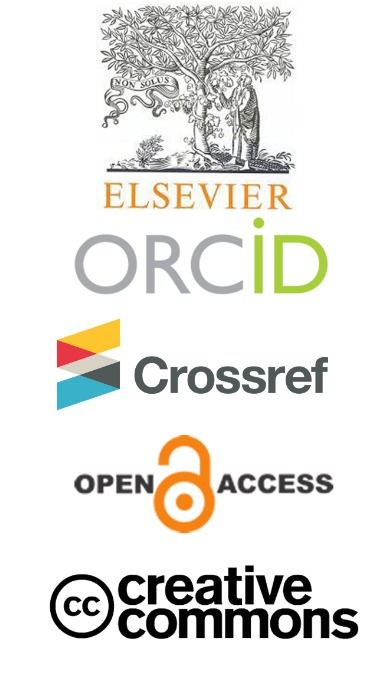AN ANALYSIS OF BRAIN STROKE PREDICTION USING MACHINE LEARNING
Abstract
A stroke, also known as a cerebrovascular accident or CVA is when part of the brain loses its blood supply and the part of the body that the blood-deprived brain cells control stops working. This loss of blood supply can be ischemic because of lack of blood flow, or haemorrhagic because of bleeding into brain tissue. A stroke is a medical emergency because strokes can lead to death or permanent disability. There are opportunities to treat ischemic strokes but that treatment needs to be started in the first few hours after the signs of a stroke begin. The patient, family, or bystanders should activate emergency medical services immediately should a stroke be suspected. A transient ischemic attack (TIA or mini-stroke) describes an ischemic stroke that is short-lived where the symptoms resolve spontaneously. This situation also requires emergency assessment to try to minimize the risk of a future stroke. By definition, a stroke would be classified as a TIA if all symptoms resolved within 24 hours. According to the World Health Organization (WHO) stroke is the 2nd leading cause of death globally, responsible to approximately 11% of total deaths . For survival prediction, our ML model uses dataset to predict whether a patient is likely to get stroke based on the input parameters like gender, age, various diseases, and smoking status. Unlike most of the datasets, our dataset focuses on attributes that would have a major risk factors of a Brain Stroke.



